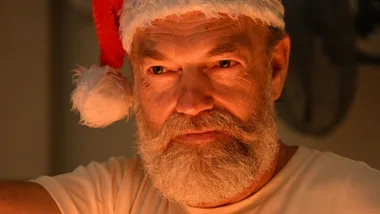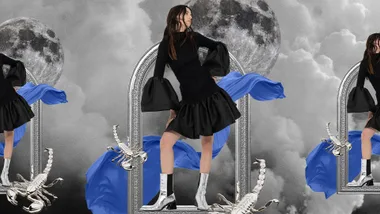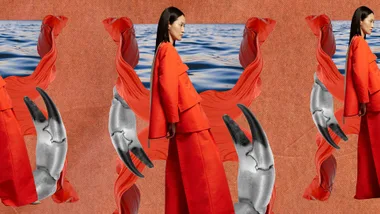A lot has been written about the irreversible damage inflicted by the fashion industry to the environment, and rightly so. We now know that up to 85 per cent of textiles bought in Australia each year go to landfill, but how often do we stop to think about the waste coming out of our bathrooms?
Makeup bags and bathroom cabinets around the world are filled with single-use products from concealers to face wash, sheet masks, pump exfoliators, eye shadow pallets, the list goes on, and on.
To keep up with our appetite for aforementioned beautifully packaged products, the global cosmetics industry produces more than 120 billion units of packaging every year, the majority of which are not recyclable. So that lip gloss tube / concealer case/toothpaste tube/disposable razor you just finished with, it’s destined for landfill, or worse, our waterways, along with billions of other single-use containers just like it.
According to a report by the Minderoo Foundation, without action, the annual flow of plastic into the ocean will nearly triple by 2040, to 29 million metric tons per year, or the equivalent to 50 kg of plastic per metre of coastline the world over.
For some reason, up until recently, this mind-boggling amount of waste has gone unchecked, because what goes in the bathroom bin, stays in the bathroom bin, right?

The good news is rumblings of change have begun.
The L’Oreal Group says by 2025, 50 per cent of the plastics used in their packaging will be either from recycled or bio-based sources (with the goal of achieving 100 per cent by 2030).
David Jones introduced an in-store recycling program by partnering with hard to recycle experts Terracycle, and brands like Emma Lewsiahm, Burts Bees, Biologi, Ethique and Eco Minerals have been doing their bit for sustainability since their inception.
“The big picture is really simple. We cannot change the laws of the universe or the earth’s natural systems that govern all life on earth. We have to live in harmony with them. And every natural system on planet earth is circular. So to truly be sustainable, a business must become circular, and our economies must become circular,’’ cult circular skincare founder Emma Lewisham says.
“This means there is no waste, and all our energy comes from renewable sources; this is the most dramatic step, rethinking beauty to be circular designed, ensuring all products are refillable and reusable.”
For truly significant, climate crisis-averting change to occur, a grand gesture on a global scale within the beauty industry needs to take place. It requires one of the hardest things to ask of a person, behaviour change.
You know that purse-size tube of hand cream you love? It needs replacing with a refillable version, which doesn’t have to feel less luxurious. It can spark joy in a different, saving the earth, while hydrating your hands kind of way.
You know the BB cream you adore? It’s time to find an alternative with easily recyclable packaging.
And while that may have been an impossible task even a year ago, the new guard of conscious, zero waste beauty is coming.
“We believe that the answer lies in working with genuinely recyclable materials and in designing products that don’t force a consumer compromise – on functionality or aesthetic,’’ says Emily Perrett, founder of plastic free beauty brand Flavedo & Albedo.
The beauty tide is turning and we are here for it.
Jenny Ringland and Erica Watson, of Green + Simple, are marie claire’s sustainability experts. They’ll be posting stories on the best green, clean fashion, beauty and lifestyle products, as well as interviewing industry game-changers and experts. Learn more here.










